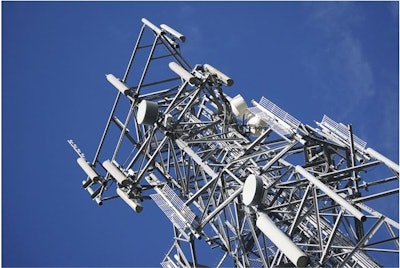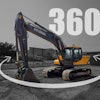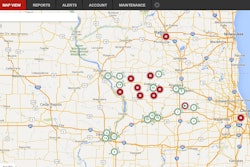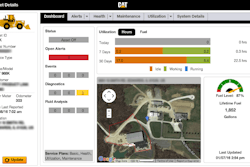
Major telecommunication providers AT&T and Verizon are currently retiring their 2G cellular network towers. By January 2017, AT&T's 2G network will be fully retired, and Verizon will have shut down its 2G and 3G CDMA networks by 2021 in favor of their faster 3G and 4G networks.
Most machine telematics systems in North America are built on transmitting equipment data on the AT&T and Verizon networks. Many of them use the extremely inexpensive 2G networks.
“It’s a gradual transition between now and 2017, so you can argue that 2G is alive. As a practical matter, though, they’re going to shut down these towers one at a time – pulling 2G out and putting 3G and 4G in,” Fred Sixt, senior client executive with the Telogis heavy equipment group, told equipment professionals gathered at the Association of Equipment Management Professionals’ 2015 Asset Management Symposium. “If you delay your transition to 3G now, you’re going to get less coverage geographically. And the latency is going to be higher because there are not going to be as many 2G cells still on. And by 2017, AT&T and Verizon’s plans explicitly state that 2G is gone. If you wait, you’re going to have progressively more and more trouble tracking your machines, and in 2017, they’ll go dark.”
Heavy-equipment and other vehicle manufacturers who offer telematics systems have programs in place, typically through their local dealers, to upgrade the communications equipment on their vehicles. Caterpillar, John Deere and Volvo representatives at the AEMP meeting said the programs are designed to keep your costs down around that of the service tech’s travel time and mileage.
And you’ll get more value from the upgrade.
“You can tell which ones we’ve got 3G units in, compared to the 2G units,” said Todd Perrine, speaking of the machines in his company, Leslie Equipment’s, rental fleet that have upgraded telematics boxes. “They’re easier to connect to, the stream of information comes through faster, and you get more information from them.”
Because the whole point of transitioning away from 2G networks is that they lack bandwidth. That slows data transmissions, and the difference is remarkable.
“It’s like 2G is a 1-in. hydraulic line – 3G is a 5-in. line,” Sixt says, drawing on his many years in the construction equipment business. “The numbers are huge: if 2G is a 1, 3G is 1500, and 4G is like 30,000.
“With smart phones streaming video and games, the 2G systems are pretty much out of spectrum now,” Sixt adds. “Spectrum’s like the pipe. You only have so much pipe that you can use.
“AT&T doesn’t have any plans to shut down 3G. So there’s no need to talk about getting 4G (telematics devices), which, by the way, come with phone-style prices (mostly because of the license fees, which 2G systems didn’t have) because the chip is that much more expensive than the 3G and the 2G hardware.”





![[VIDEO] Contractor Reviews Specific Values from Cat Connect Technology](https://img.forconstructionpros.com/files/base/acbm/fcp/image/2016/02/default.56ba42c42fb9f.png?auto=format%2Ccompress&fit=crop&h=167&q=70&w=250)

![[Video] Dubroc Enterprises Experiences Fuel Savings Over the Long Haul](https://img.forconstructionpros.com/files/base/acbm/fcp/image/2016/01/default.56a6804893e38.png?auto=format%2Ccompress&fit=crop&h=167&q=70&w=250)











